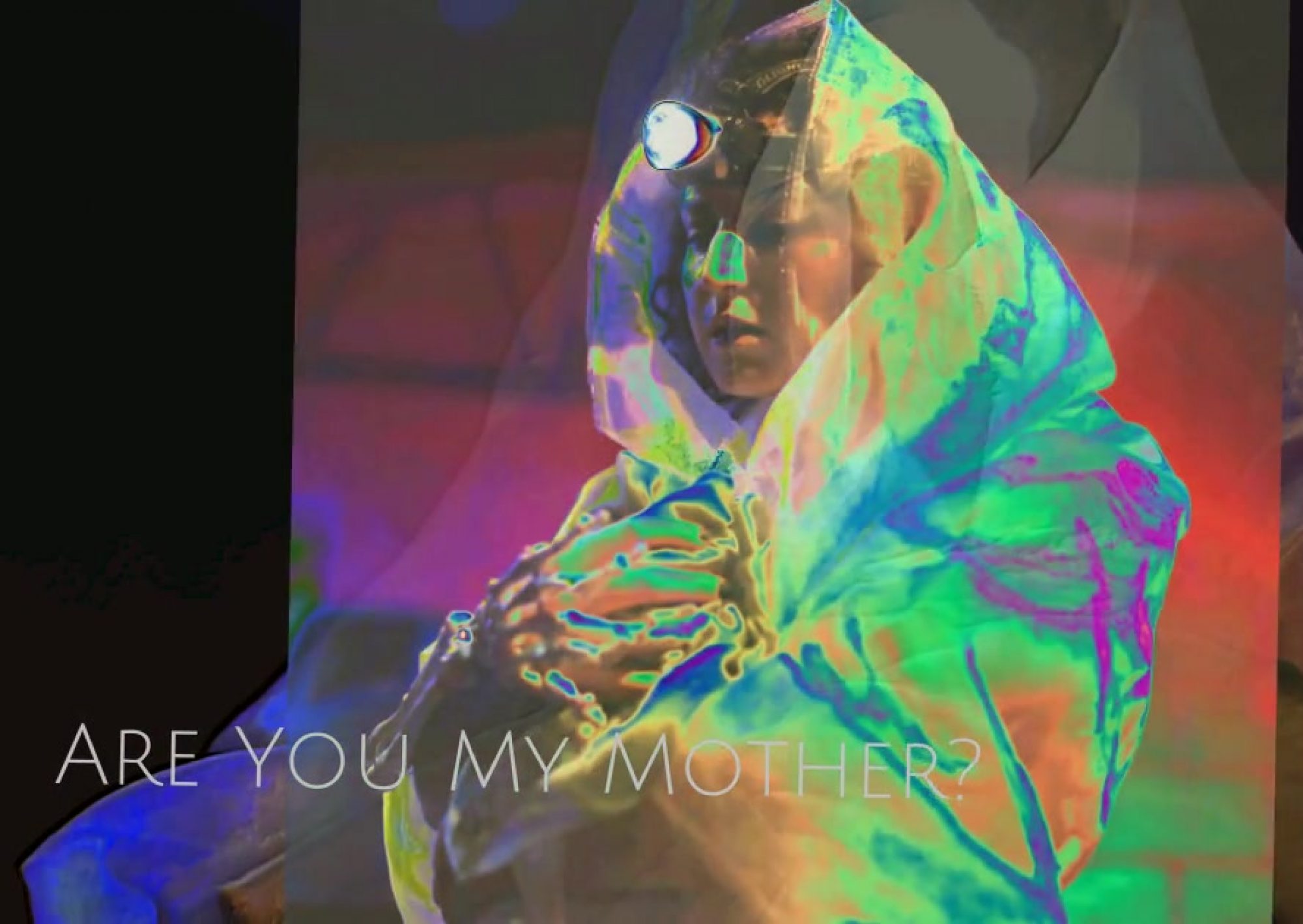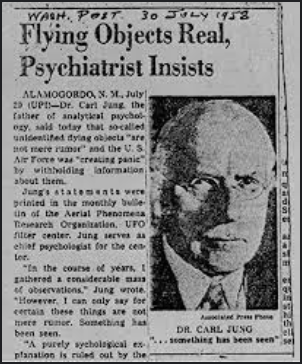Putin is a serial murderer responsible for decades of death. In case you have not been keeping count, this is a partial list of his history of mass murder.
And others who should be added to his warrant for arrest include: Trump and his MAGA zombies (failure to past funding to Ukraine), Kim Jong Un (supplying missiles to Russia), Xi Jinping (supporting and supplying Russia with weapons of war), Iran (supplying missiles to Russia), and any Putin sympathizers.

The Russian apartment bombings
These were a series of explosions that hit four apartment blocks in the Russian cities of Buynaksk, Moscow, and Volgodonsk in September 1999, killing more than 300, injuring more than 1,000, and spreading a wave of fear across the country.
Two Chechnya Wars
- About 300000 people have been killed during two wars in Chechnya over the past decade, a senior official in the province’s Moscow-backed government said. — Al Jazeera
Human rights organizations accused Russian forces of engaging in indiscriminate and disproportionate use of force whenever they encountered resistance, resulting in numerous civilian deaths. (According to Human Rights Watch, Russian artillery and rocket attacks killed at least 267 civilians during the December 1995 raid by the Chechens on the city of Gudermes.[46]) Throughout the span of the first Chechen war, Russian forces have been accused by Human Rights organizations of starting a brutal war with total disregard for humanitarian law, causing tens of thousands of unnecessary civilian casualties among the Chechen population. The main strategy in the Russian war effort had been to use heavy artillery and air strikes leading to numerous indiscriminate attacks on civilians. This has led to Western and Chechen sources calling the Russian strategy deliberate terror bombing on parts of Russia.[65] According to Human Rights Watch, the campaign was "unparalleled in the area since World War II for its scope and destructiveness, followed by months of indiscriminate and targeted fire against civilians".[66] Due to ethnic Chechens in Grozny seeking refuge among their respective teips in the surrounding villages of the countryside, a high proportion of initial civilian casualties were inflicted against ethnic Russians who were unable to find viable escape routes. The villages were also attacked from the first weeks of the conflict (Russian cluster bombs, for example, killed at least 55 civilians during the 3 January 1995 Shali cluster bomb attack).

Russian soldiers often prevented civilians from evacuating areas of imminent danger and prevented humanitarian organizations from assisting civilians in need. It was widely alleged that Russian troops, especially those belonging to the Internal Troops (MVD), committed numerous and in part systematic acts of torture and summary executions on Chechen civilians; they were often linked to zachistka ("cleansing" raids on town districts and villages suspected of harboring boyeviki – militants). Humanitarian and aid groups chronicled persistent patterns of Russian soldiers killing, raping and looting civilians at random, often in disregard of their nationality. Chechen fighters took hostages on a massive scale, kidnapped or killed Chechens considered to be collaborators and mistreated civilian captives and federal prisoners of war (especially pilots). Russian federal forces kidnapped hostages for ransom and used human shields for cover during the fighting and movement of troops (for example, a group of surrounded Russian troops took approximately 500 civilian hostages at Grozny's 9th Municipal Hospital).[67]
The violations committed by members of the Russian forces were usually tolerated by their superiors and were not punished even when investigated (the story of Vladimir Glebov serving as an example of such policy). Television and newspaper accounts widely reported largely uncensored images of the carnage to the Russian public. The Russian media coverage partially precipitated a loss of public confidence in the government and a steep decline in President Yeltsin's popularity. Chechnya was one of the heaviest burdens on Yeltsin's 1996 presidential election campaign. The protracted war in Chechnya, especially many reports of extreme violence against civilians, ignited fear and contempt of Russia among other ethnic groups in the federation. One of the most notable war crimes committed by the Russian army is the Samashki massacre, in which it is estimated that up to 300 civilians died during the attack.[68] Russian forces conducted an operation of zachistka, house-by-house searches throughout the entire village. Federal soldiers deliberately and arbitrarily attacked civilians and civilian dwellings in Samashki by shooting residents and burning houses with flame-throwers. They wantonly opened fire or threw grenades into basements where residents, mostly women, elderly persons and children, had been hiding.[69] Russian troops intentionally burned many bodies, either by throwing the bodies into burning houses or by setting them on fire.[70] A Chechen surgeon, Khassan Baiev, treated wounded in Samashki immediately after the operation and described the scene in his book:[71]
Human rights and war crimes[edit] — Main articles: Chechen genocide, Russian war crimes, and Second Chechen War crimes and terrorism
The Second Chechen War saw a new wave of war crimes and violation of international humanitarian law. Both sides have been criticised by international organizations of violating the Geneva Conventions. However, a report by Human Rights Watch states that without minimizing the abuses committed by Chechen fighters, the main reason for civilian suffering in the Second Chechen War came as a result of the abuses committed by the Russian forces on the civilian population.[94] According to Amnesty International, Chechen civilians have been purposely targeted by Russian forces, in apparent disregard of humanitarian law. The situation has been described by Amnesty International as a Russian campaign to punish an entire ethnic group, on the pretext of "fighting crime and terrorism".[95] Russian forces have throughout the campaign ignored to follow their Geneva convention obligations, and has taken little responsibility of protecting the civilian population.[94] Amnesty International stated in their 2001 report that Chechen civilians, including medical personnel, have been the target of military attacks by Russian forces, and hundreds of Chechen civilians and prisoners of war are extrajudicially executed.[96]
According to human rights activists, Russian troops systematically committed the following crimes in Chechnya: the destruction of cities and villages, not justified by military necessity; shelling and bombardment of unprotected settlements; summary extrajudicial executions and killings of civilians; torture, ill-treatment and infringement of human dignity; serious bodily harm intentionally inflicted on persons not directly participating in hostilities; deliberate strikes against the civilian population, civilian and medical vehicles; illegal detentions of the civilian population and enforced disappearances; looting and destruction of civilian and public property; extortion; taking hostages for ransom; corpse trade.[97][98][99] There were also rapes,[100][101][102] which, along with women, were committed against men.[103][104][105][106][107][108] According to the Minister of Health of Ichkeria, Umar Khanbiev, Russian forces committed organ harvesting and organ trade during the conflict.[109]
Russian forces have since the beginning of the conflict indiscriminately and disproportionately bombed and shelled civilian objects, resulting in heavy civilian casualties. In one such occasion in October 1999, ten powerful hypersonic missiles fell without warning and targeted the city's only maternity hospital, post office, mosque, and a crowded market.[110][111][112][113] Most of the casualties occurred at the central market, and the attack is estimated to have killed over 100 instantly and injuring up to 400 others. Similar incidents include the Baku–Rostov highway bombing where the Russian Air Force perpetrated repeated rocket attacks on a large convoy of refugees trying to enter Ingushetia through a supposed "safe exit".[114][115] This was repeated in December 1999 when Russian soldiers opened fire on a refugee convoy marked with white flags.[116]
The 1999–2000 siege and bombardments of Grozny caused between 5,000[117] and 8,000[118] civilians to perish. The Russian army issued an ultimatum during the Grozny-siege urging Chechens to leave the city or be destroyed without mercy.[119] Around 300 people were killed while trying to escape in October 1999 and subsequently buried in a mass grave.[120] The bombing of Grozny included banned Buratino thermobaric and fuel-air bombs, igniting the air of civilians hiding in basements.[121][122] There were also reports of the use of chemical weapons, banned according to Geneva law.[123] The Russian president Putin vowed that the military would not stop bombing Grozny until Russian troops quote 'fulfilled their task to the end.' In 2003, the United Nations called Grozny the most destroyed city on Earth.[124]
Another occasion of indiscriminate and perhaps deliberate bombardment is the bombing of Katyr-Yurt which occurred on 4–6 February 2000. The village of Katyr Yurt was far from the war's front line, and jam-packed with refugees. It was untouched on the morning of 4 February when Russian aircraft, helicopters, fuel-air bombs and Grad missiles pulverised the village. After the bombing the Russian army allowed buses in, and allowed a white-flag refugee convoy to leave after which they bombed that as well.[125] Banned Thermobaric weapons were fired on the village of Katyr-Yurt. Hundreds of civilians died as a result of the Russian bombardment and the following sweep after.[126][127] Thermobaric weapons have been used by the Russian army on several occasions according to Human Rights Watch.[128]
Syria
- 6,950 civilians dead
The Syrian regime was responsible for 201,055 of these deaths, with the victims including 22,981 children and 11,976 women, while Russian forces killed 6,950 civilians, including 2,048 children and 977 women.Mar 15, 2023 -- ReliefWeb
Ukraine
- 500,000+ killed since Putin invaded
Casualties in the Russo-Ukrainian War included six deaths during the 2014 annexation of Crimea by the Russian Federation, 14,200–14,400 military and civilian deaths during the war in Donbas, and up to 500,000 estimated casualties during the 2022 Russian invasion of Ukraine. -- Wiki
- Photographing Ukraine’s deep scars, 2 years into a war without an end in sight –– FEBRUARY 23, 2024 By Claire Harbage | NPR
The second year of war dragged on through Ukraine slowly and with little mercy. The first year of the war was a story of the resilience of people amid conflict that has turned into one of perseverance as the conflict has stagnated, with no end in sight.

Never Again
Alexei Navalny
- ‘It’s a torture regime’: the last days of Alexei Navalny

Each morning at 5am, Alexei Navalny was roused with the words “Wake up!” as the Russian national anthem played on the prison loudspeakers. It was always dark in the polar night above the Arctic Circle, and the temperature outside could fall below -30C (-22F). The convict would have a sheepskin coat and an ushanka hat to keep warm in a prison colony better known by its nickname: the Polar Wolf. To read whole article, go to The Guardian for full article by Andrew Roth and Pjotr Sauer
- Full List of Putin Critics Who Have Died in Mysterious Circumstances
For over two decades, President Vladimir Putin has squeezed dissent in Russia. Critics, journalists, and defectors have faced dire consequences after opposing him. From poisonings to shootings, mysterious falls from windows, and even plane crashes, there is a long trail of silenced voices.
Alexei Navalny, whose death in prison is as yet unexplained, had previously fallen ill on a flight from Siberia to Moscow in 2020 after being poisoned with Novichok, a nerve agent. Alexander Litvinenko, a former Russian spy who defected and was a prominent Putin critic, was murdered with polonium-210 in London in 2016. -- Newsweek
Book About the Man Wanted for Mass Murder

Book:
Putin’s Wars: From Chechnya to Ukraine by Mark Galeotti (Author)
Previous Blogs Dedicated to Ukraine & Vanquishing HATE






Archetypal Animations

Feature Archetypal Animation
Images: Midjourney
Music: Zombies Sound EffectsSound Ideas | [10] Low Moaning Zombie Ambience 0:38


















































































